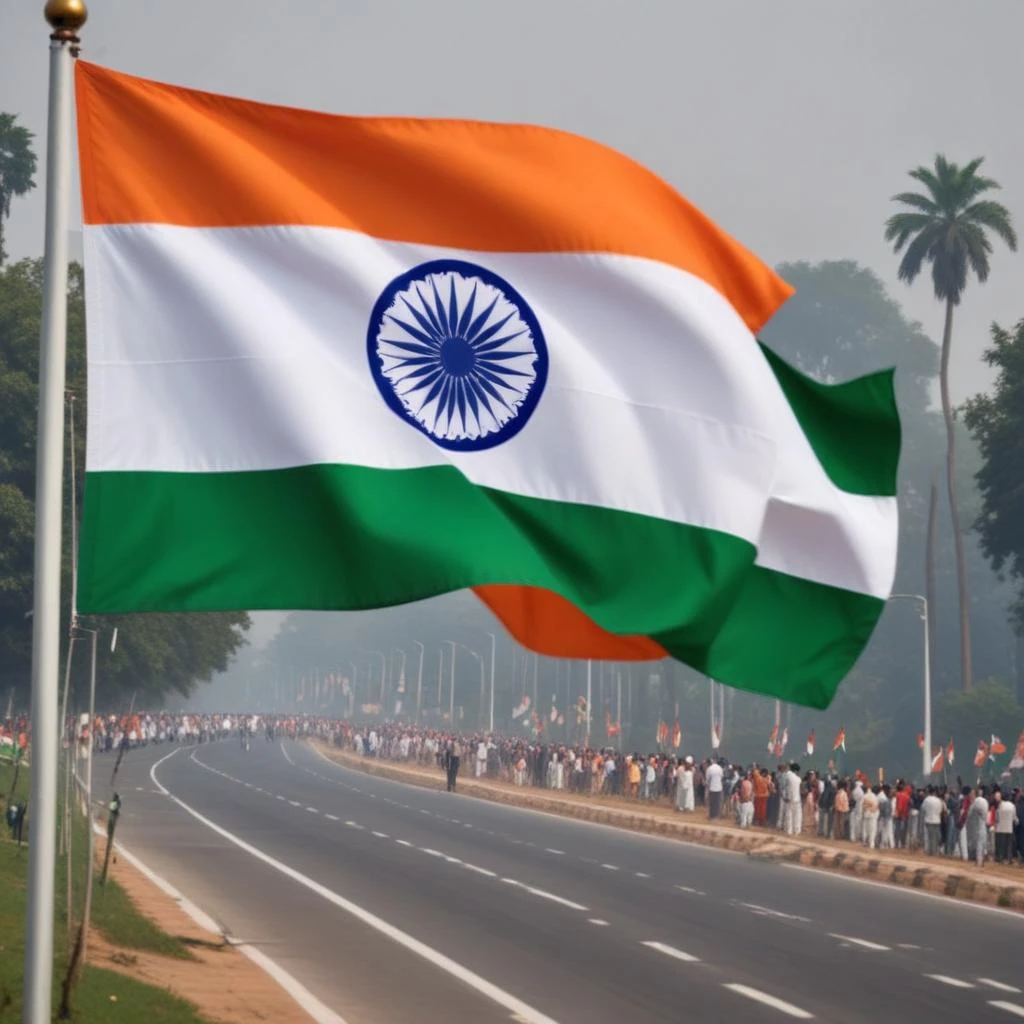What is Tiranga and Where it Came From
Many people around the world are familiar with the Tiranga, also known as the Indian flag. This iconic tricolor flag holds great significance and represents the rich history and culture of India. But what is the Tiranga and where did it come from?
History of the Tiranga
The Tiranga was adopted as the national flag of India on July 22, 1947. The design of the flag was created by Pingali Venkayya, a freedom fighter and a member of the Indian National Congress. The flag features three horizontal stripes of different colors - saffron at the top, white in the middle, and green at the bottom. In the center of the white stripe is a navy blue wheel with 24 spokes, known as the Ashoka Chakra.
The colors of the Tiranga hold deep symbolism. Saffron represents courage and sacrifice, white symbolizes truth and peace, and green stands for faith and chivalry. The Ashoka Chakra in the center represents the eternal wheel of law and justice.
Significance of the Tiranga
The Tiranga is not just a flag; it is a symbol of unity, diversity, and the rich heritage of India. It represents the aspirations and values of the Indian people and serves as a reminder of the sacrifices made by countless freedom fighters in the struggle for independence.
Every year on Independence Day (August 15) and Republic Day (January 26), the Tiranga is proudly hoisted across the country. It is a moment of pride and patriotism for all Indians, as they come together to honor their flag and their nation.
Conclusion
The Tiranga is more than just a piece of cloth; it is a symbol of India's rich history, culture, and values. It is a reminder of the struggles and sacrifices of the past and a beacon of hope for the future. As Indians, we must always respect and honor our Tiranga, for it is a reflection of who we are as a nation.
